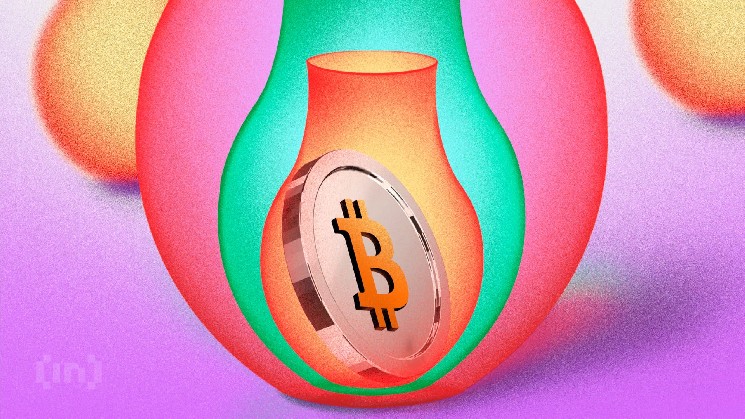Deutsche Bank predicts Bitcoin will rival gold in central banks' official reserves by 2030.
Deutsche Bank has just published a groundbreaking study on the future of central bank reserves, asserting that Bitcoin could Vai gold in the global reserve asset category in the next decade. The report “Bitcoin vs. Gold: The Future of Central Bank Reserves by 2030” released by Deutsche Bank Research Institute on September 22, detailed the competitiveness of the two assets.
Research shows that both Bitcoin and gold meet the traditional reserve standards of liquidation, volatility, and reliability. While gold maintained its safe-haven Vai with a record price of $3,703 per ounce in September, Bitcoin also showed impressive strength, peaking at $123,500 in August. This growth reflects the growing acceptance from major financial institutions.
The driving force behind change
Deutsche Bank analysts highlight Bitcoin's emerging Vai as a macro hedge, particularly amid rising geopolitical risks and the need for portfolio diversification. They conclude that there is room for both assets to coexist on central banks' balance sheets by 2030.
The report also points out that establishing a national Bitcoin reserve could send a strong signal of confidence in the future of the cryptocurrency market, while also establishing new international financial standards, similar to how the US gold reserves currently shape the global financial system.
However, experts warn against overstating the impact of Bitcoin and gold. Neither asset is likely to replace the US dollar as the primary reserve asset or primary means of payment. Instead, they will Vai as complementary diversifiers in reserve portfolios.
The medium-term outlook suggests that gold will continue to maintain its leadership in official reserves, while Bitcoin expands its presence in private reserves and alternative investment channels. Bitcoin’s high portability, limited supply, and independence from governments create a unique competitive advantage in the evolving global financial ecosystem.





